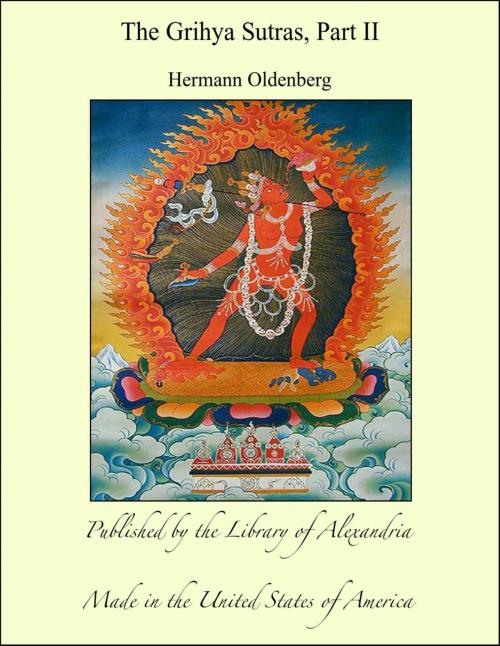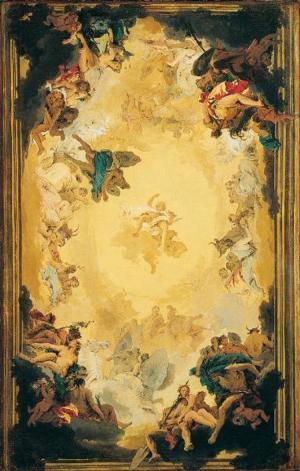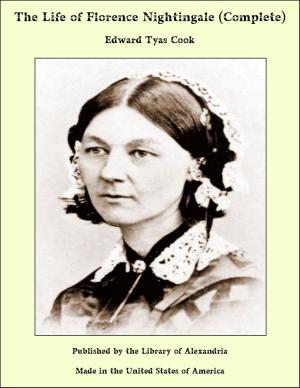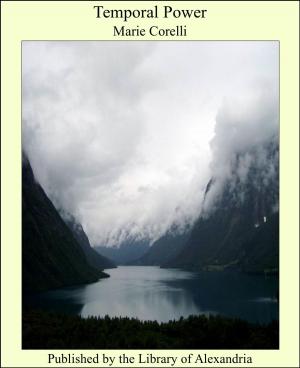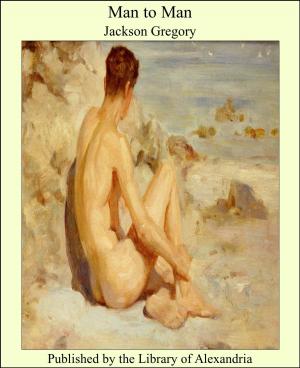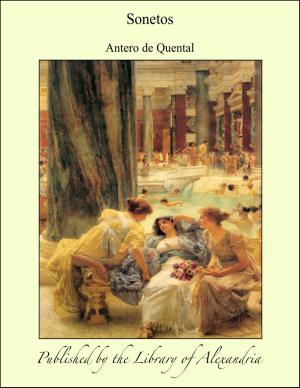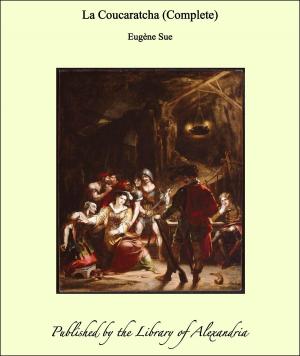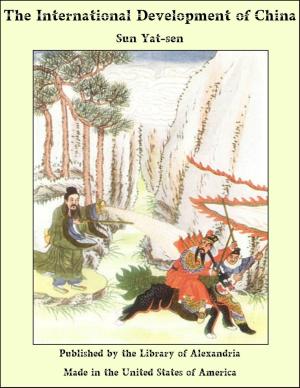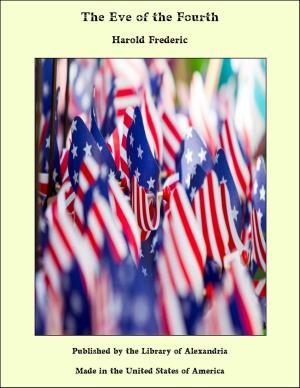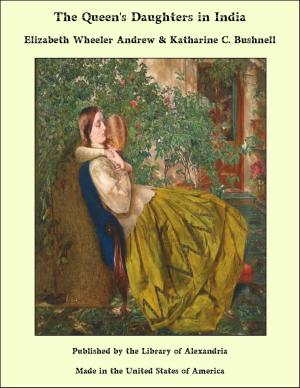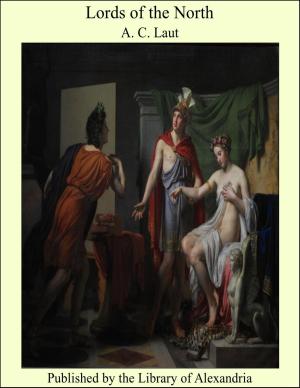The Grihya Sutras, Part II
Nonfiction, Religion & Spirituality, New Age, History, Fiction & Literature| Author: | Hermann Oldenberg | ISBN: | 9781465579270 |
| Publisher: | Library of Alexandria | Publication: | March 8, 2015 |
| Imprint: | Language: | English |
| Author: | Hermann Oldenberg |
| ISBN: | 9781465579270 |
| Publisher: | Library of Alexandria |
| Publication: | March 8, 2015 |
| Imprint: | |
| Language: | English |
We begin our introductory remarks on the literature of the Grihya-sutras with the attempt to collect the more important data which throw light on the development of the Grihya ritual during the oldest period of Hindu antiquity. There are, as it seems, no direct traces of the Grihya ceremonies in the most ancient portion of Vedic literature. It is certain indeed that a number of the most important of those ceremonies are contemporaneous with or even earlier than the most ancient hymns of the Rig-veda, as far as their fundamental elements and character are concerned, whatever their precise arrangement may have been. However, in the literature of the oldest period they play no part. It was another portion of the ritual that attracted the attention of the poets to whom we owe the hymns to Agni, Indra, and the other deities of the Vedic Olympus, viz. the offerings of the Srauta-Ritual with their far superior pomp, or, to state the matter more precisely, among the offerings of the Srauta-Ritual the Soma offering.
We begin our introductory remarks on the literature of the Grihya-sutras with the attempt to collect the more important data which throw light on the development of the Grihya ritual during the oldest period of Hindu antiquity. There are, as it seems, no direct traces of the Grihya ceremonies in the most ancient portion of Vedic literature. It is certain indeed that a number of the most important of those ceremonies are contemporaneous with or even earlier than the most ancient hymns of the Rig-veda, as far as their fundamental elements and character are concerned, whatever their precise arrangement may have been. However, in the literature of the oldest period they play no part. It was another portion of the ritual that attracted the attention of the poets to whom we owe the hymns to Agni, Indra, and the other deities of the Vedic Olympus, viz. the offerings of the Srauta-Ritual with their far superior pomp, or, to state the matter more precisely, among the offerings of the Srauta-Ritual the Soma offering.
